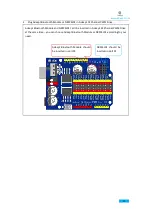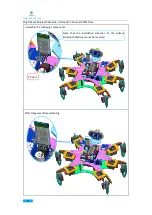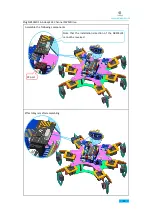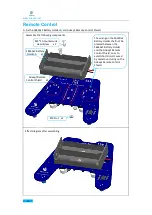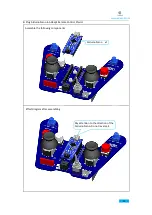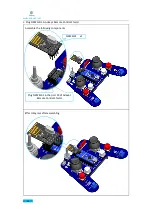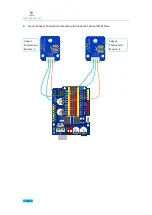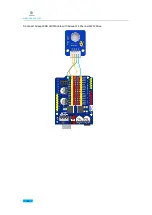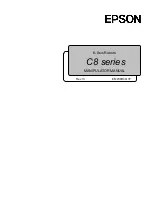
www.adeept.com
64
Software & Hardware
What is Arduino?
Arduino is an open-source electronics platform based on easy-to-use hardware and software.
Arduino boards are able to read inputs - light on a sensor, a finger on a button, or a Twitter
message - and turn it into an output - activating a motor, turning on an LED, publishing something
online. You can tell your board what to do by sending a set of instructions to the microcontroller
on the board. To do so you use the Arduino programming language (based on Wiring), and the
Arduino Software (IDE), based on Processing.
Over the years Arduino has been the brain of thousands of projects, from everyday objects to
complex scientific instruments. A worldwide community of makers - students, hobbyists, artists,
programmers, and professionals - has gathered around this open-source platform, their
contributions have added up to an incredible amount of accessible knowledge that can be of
great help to novices and experts alike.
Arduino was born at the Ivrea Interaction Design Institute as an easy tool for fast prototyping,
aimed at students without a background in electronics and programming. As soon as it reached a
wider community, the Arduino board started changing to adapt to new needs and challenges,
differentiating its offer from simple 8-bit boards to products for IoT applications, wearable, 3D
printing, and embedded environments. All Arduino boards are completely open-source,
empowering users to build them independently and eventually adapt them to their particular
needs. The software, too, is open-source, and it is growing through the contributions of users
worldwide.
Why Arduino?
Thanks to its simple and accessible user experience, Arduino has been used in thousands of
different projects and applications. The Arduino software is easy-to-use for beginners, yet flexible
enough for advanced users. It runs on Mac, Windows, and Linux. Teachers and students use it to
build low cost scientific instruments, to prove chemistry and physics principles, or to get started
with programming and robotics. Designers and architects build interactive prototypes, musicians
and artists use it for installations and to experiment with new musical instruments. Makers, of
course, use it to build many of the projects exhibited at the Maker Faire, for example. Arduino is a
key tool to learn new things. Anyone - children, hobbyists, artists, programmers - can start
tinkering just following the step by step instructions of a kit, or sharing ideas online with other
members of the Arduino community.
Summary of Contents for Hexapod 6 Legs Spider Robot
Page 1: ...www adeept com 1...
Page 40: ...www adeept com 36 The effect diagram after the assembly of three right feet...
Page 49: ...www adeept com 45 The effect diagram after the assembly of three left feet...
Page 63: ...www adeept com 59 C Connect Adeept Ultrasonic Module with Adeept 32 Channel PWM Drive...
Page 64: ...www adeept com 60 D Connect Adeept RGB LED Module with Adeept 32 Channel PWM Drive...
Page 65: ...www adeept com 61 E Connect Adeept Passive Buzzer Module with Adeept 32 Channel PWM Drive...
Page 66: ...www adeept com 62 F Connect 18650x2 Battery Holder with Adeept 32 Channel PWM Drive...
Page 67: ...www adeept com 63 G Connect 18650x2 Battery Holder with Adeept Remote Control Shield...
Page 75: ...www adeept com 71...
Page 77: ...www adeept com 73...
Page 79: ...www adeept com 75 Click the button to upload the sketch to the board...
Page 83: ...www adeept com 79...


